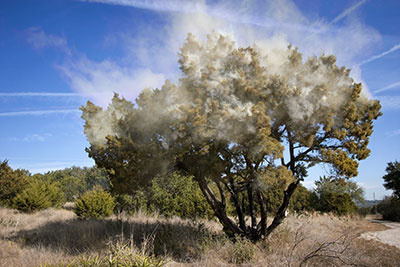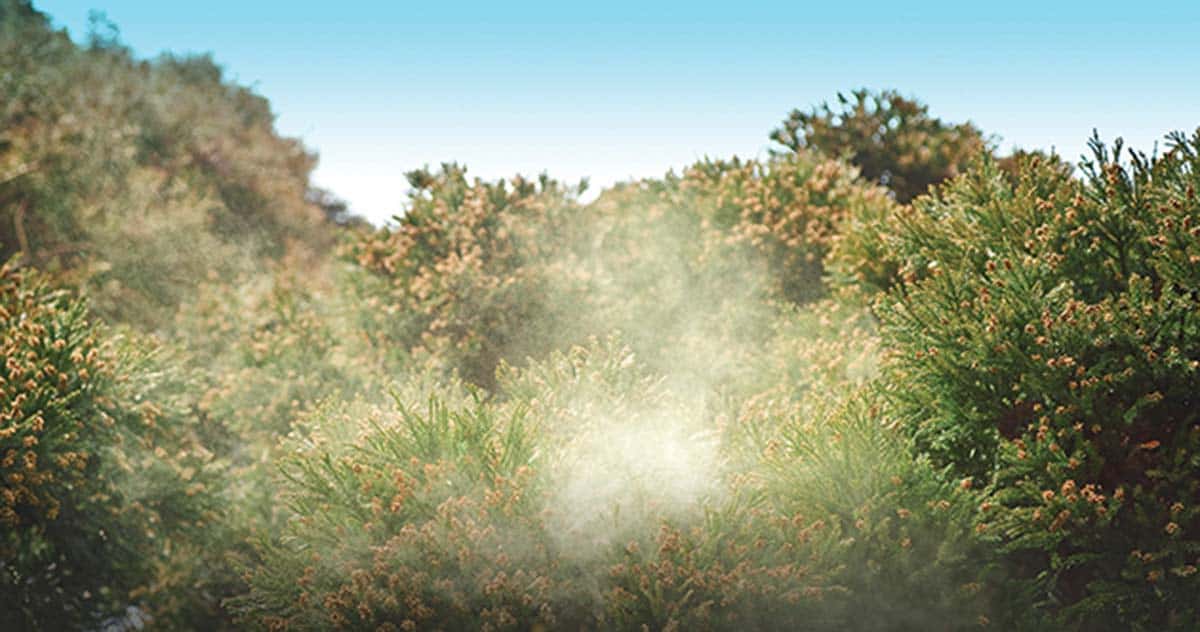Cedar fever can be a real nuisance. But there’s hope for relief.
Cedar fever is an allergic reaction to pollen from cedar trees. It often causes sneezing, itchy eyes, and a runny nose. Many people suffer from it, especially in certain regions. Understanding how to tackle these symptoms is key to feeling better.
Cedar trees release a lot of pollen during winter. This pollen can trigger strong allergic reactions. If you’re prone to allergies, cedar fever can be quite challenging. But there are ways to manage and reduce symptoms. Simple changes in your routine and environment can make a big difference. In this blog, we’ll explore effective strategies to help you fix cedar fever and find some much-needed relief.
Introduction To Cedar Fever
Cedar Fever is an allergic reaction. It is caused by pollen from cedar trees. This condition is common in certain areas. The pollen spreads in the air. Many people suffer from it. It is not a real fever. The name is misleading. But, it feels like having a bad cold. Symptoms can be very annoying. It can affect your daily life.
Common symptoms include sneezing, runny nose, and itchy eyes. Many people also experience nasal congestion. Fatigue is another symptom. Some people get sore throat. Headaches are also common. Symptoms can last for weeks. They peak in the pollen season. The symptoms are often mistaken for a cold. Knowing the signs can help you manage it better.

Credit: www.amazon.com
Identifying Cedar Fever
Cedar fever happens in winter months. Pollen from cedar trees causes it. Symptoms peak in January. People may feel sick from December to February.
Anyone can get cedar fever. Those living near cedar trees are more at risk. People with allergies may suffer more. Kids and older adults can be affected. Workers outside may notice symptoms more.
Natural Remedies
Soothe cedar fever with natural remedies like saline nasal sprays and local honey. These methods can ease symptoms effectively.
Herbal Teas
Drinking herbal teas can help ease cedar fever symptoms. Peppermint tea is good for clearing nasal passages. Chamomile tea can reduce inflammation and help you relax. Ginger tea is great for reducing nausea and soothing throat pain. You can drink these teas throughout the day. They are safe and natural. They can also keep you hydrated.
Essential Oils
Essential oils can also provide relief. Eucalyptus oil helps clear nasal passages. Lavender oil can calm and reduce stress. Peppermint oil is good for headaches. You can inhale these oils or use in a diffuser. Always dilute with a carrier oil before applying to the skin. This prevents irritation.

Over-the-counter Solutions
Antihistamines help with itching, sneezing, and runny nose. They block the body’s response to allergens. Popular choices include loratadine and cetirizine. These pills can be taken daily. Always follow the dosage instructions on the package.
Nasal sprays reduce nasal congestion. They provide quick relief. Saline sprays are gentle and safe for daily use. Steroid sprays like fluticasone are stronger. They reduce inflammation. Use these sprays as directed. Overuse can cause problems.
Home Environment Adjustments
Air purifiers help remove pollen and other allergens. Choose one with a HEPA filter for best results. Run it in the rooms where you spend the most time. Keep it clean and replace filters regularly. This will ensure it works well.
Keep windows closed to prevent pollen from coming inside. Use air conditioning if you need fresh air. This will help keep the indoor air clean. Remember to clean window sills and frames often. Pollen can collect there and spread indoors.

Dietary Changes
Cedar fever can be alleviated by making simple dietary changes. Consume foods rich in Vitamin C and antioxidants. Drink plenty of water to stay hydrated.
Anti-inflammatory Foods
Eating foods that reduce inflammation can help. Try to add berries, nuts, and leafy greens. These foods can help calm your body. Fatty fish like salmon is also good. It has omega-3 fatty acids. These fats can reduce swelling.
Olive oil is another good choice. Use it in your cooking. Turmeric and ginger are also helpful. You can add them to your food. They have natural compounds that fight inflammation.
Hydration Tips
Drink lots of water every day. Aim for at least 8 glasses. Staying hydrated helps your body fight cedar fever. Herbal teas can also help. Choose teas like chamomile or peppermint. They can soothe your throat and clear your nose.
Avoid drinks with caffeine and sugar. They can make symptoms worse. Try to stick with water and herbal teas. Broth can also be good. It keeps you hydrated and provides nutrients.
Preventive Measures
Check the pollen forecast daily. High pollen means more problems. Stay indoors during peak times. Close windows and doors. Use air purifiers to filter the air. Avoid outdoor activities when pollen is high. Plan outings when pollen is low.
Wear a mask to filter out pollen. Hats keep pollen off your hair. Sunglasses protect your eyes. Long sleeves and pants cover your skin. Change clothes after being outside. Wash them to remove pollen. Shower to clean off pollen from your skin and hair.

Credit: www.georgetown-ent.com
When To See A Doctor
If your symptoms last more than two weeks, see a doctor. A fever or trouble breathing needs quick help. A doctor can offer more treatments. These can help you feel better soon.
Runny nose and itchy eyes can mean allergies. Cedar trees can cause strong allergies. If symptoms are bad, you might need allergy tests. A doctor can tell you if cedar is the cause. Avoid cedar trees if you are allergic.

Credit: www.allergychoices.com
Frequently Asked Questions
What Is Cedar Fever?
Cedar Fever is an allergic reaction to pollen from mountain cedar trees. It typically causes symptoms like sneezing, itchy eyes, and congestion.
How Do You Treat Cedar Fever?
Treat Cedar Fever with antihistamines, nasal sprays, and decongestants. Staying indoors during high pollen counts can also help.
Can Cedar Fever Cause Sinus Infections?
Yes, Cedar Fever can lead to sinus infections due to prolonged congestion and inflammation in the nasal passages.
Is Cedar Fever Contagious?
No, Cedar Fever is not contagious. It is an allergic reaction and cannot be spread from person to person.
Conclusion
Cedar fever can be tough, but relief is possible. Follow the tips shared here. Stay hydrated and keep your home clean. Consider over-the-counter medications or natural remedies. See a doctor if symptoms persist. Breathe easier and enjoy life more. Don’t let cedar fever hold you back.
Stay proactive and find what works best for you.

